|
I've always said the best thing about imaging has nothing to do with photography, but the friendships that come out of everyone's mutual love for the craft. I've had only two conversations with Ed Heaton, one of them a new podcast that's airing today, and I can already tell this is the start of a great friendship. We may not have met before, but we share so many common friends and companies we've worked with, including all our friends over at Tamron. I love Ed's tagline on his website, which pretty much tells you what he's all about, "Learning to capture light will make extraordinary images out of ordinary subjects!" There are a lot of you who are thinking that a post on composition is just too basic for a how-to blog post for professional photographers. Sadly, having looked at so many galleries over the last year, great composition seems to be one of the biggest challenges for so many photographers. And, while Ed may be focused on landscapes, the principles of great images never change, no matter what the subject! When Ed's not shooting, he's teaching and without question he should be on your radar. It doesn't matter what your specialty is, this is about understanding how to capture and create extraordinary images. Follow Ed's workshop schedule for some great opportunities to grow your skill set and visit his site for some outstanding images in his galleries. And after you read his guest post, wander over to his podcast and then check out this month's featured Tamron lens of the month, one of Ed's favorites! Skip Cohen  Mastering Composition Here a just a few tips for mastering composition. Composition is the logical arrangement of elements so that their relationship is pleasing to the eye. The elements are things that make up the scene (e.g. lines, shapes, texture, patterns, colors, tones, light, etc.). Let’s be honest, some people seem to have an easier time with composition. They appear to be born with an artistic eye or should I say an inner vision. The rest of us need to develop it through practice and visual stimulation. You will have to pay special attention to all of the elements in a scene. Not just your main subject but also the small things. Once you start to notice these things, you are beginning to see. Once you are seeing, mastering composition is within reach. Keep It Simple One of the most effective tools you can use in composition is to simplify. Learn to look at the entire frame and eliminate elements that don't need to be there. If something in the frame isn't supporting what you're trying to show, don't include it. You need to show your subject clearly, leaving no confusion on the part of the viewer about what you were photographing Frames Elements and lines within the scene can be used to create implied or actual frames. Use these frames within the photograph to call attention to your subject. Lines, Lines, and more Lines Lines in photographs provide a path that lead the viewer’s eye from one element to another and hopefully, keep the viewer in the photograph. There can be many types of lines in a photograph. Create a Sense of Depth Images that are well executed tend to have three distinct regions. Foreground leads the viewer into the scene – it provides a starting point. So, you should probably include something of interest that will anchor the image. Middle ground may contain the main subject of the image. It may also serve to move the viewer along to the background. Background, like the middle ground, may contain the main subject, or it may merely provide a pleasing completion to the image. Using Color Color, more than any other design element, determines the emotional content of a photograph. A light subject will have more impact if placed against a dark background and vice-versa. Contrasting colors may be used for emphasis, but can become distracting if not considered carefully. All images copyright Ed Heaton. All Rights Reserved.
2 Comments
Stacie
5/10/2013 02:51:28 am
Love your images Ed! The tips are great.
Reply
Fantastic interview Ed...
Reply
Your comment will be posted after it is approved.
Leave a Reply. |
Archives
November 2016
|
© 2019 Skip Cohen University

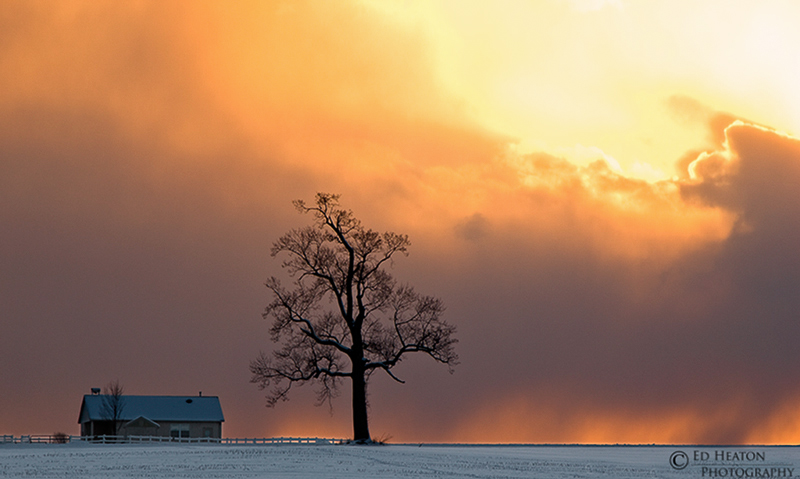
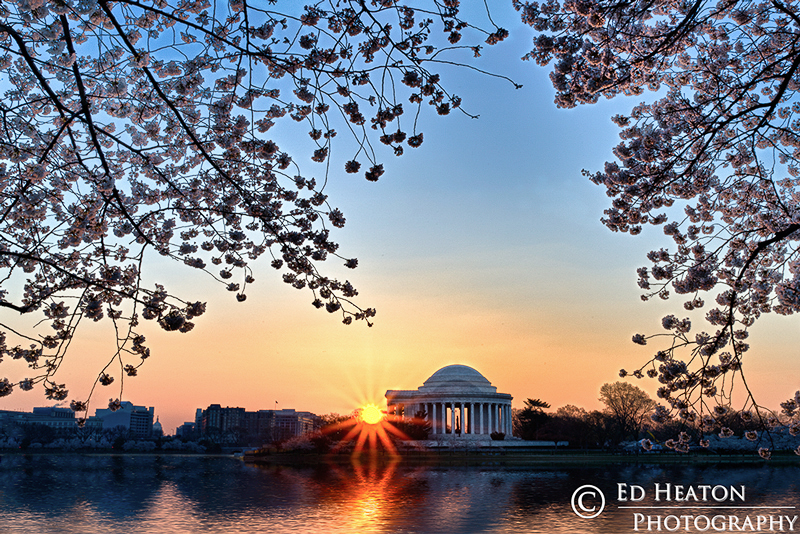
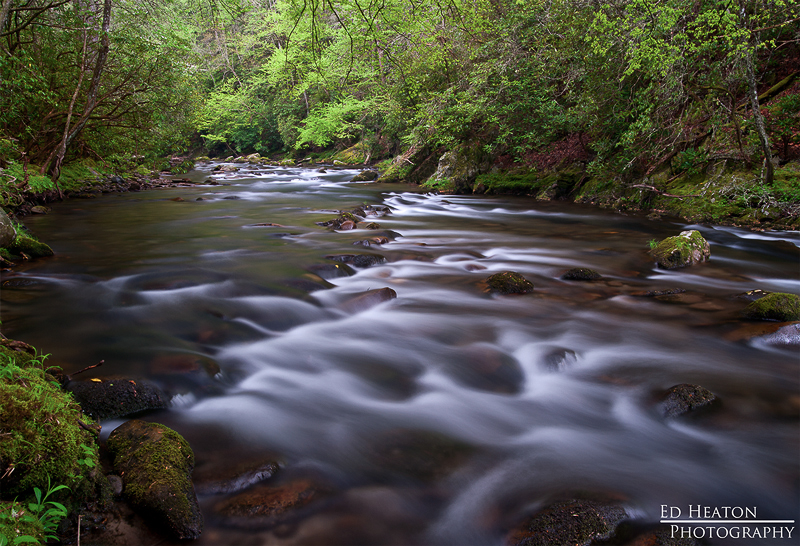
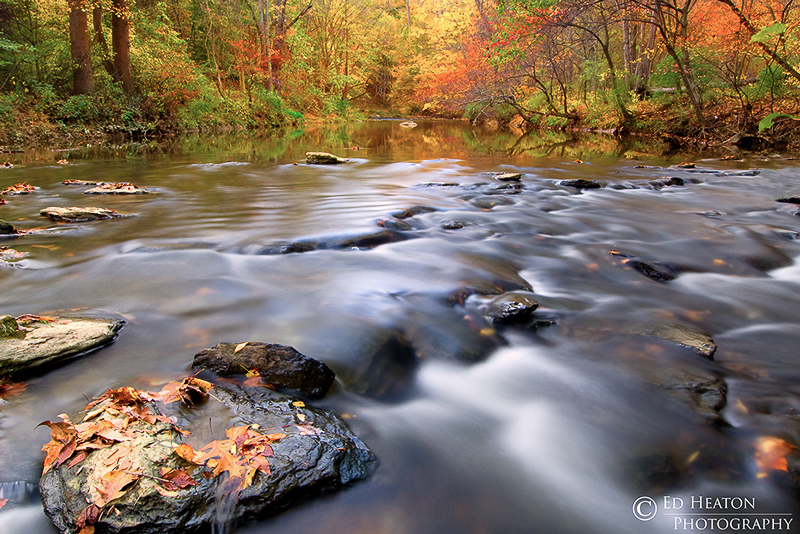
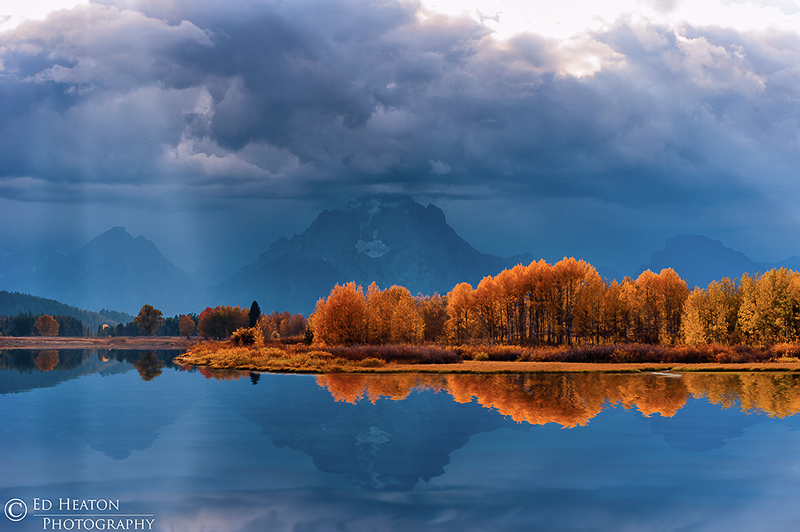
 RSS Feed
RSS Feed